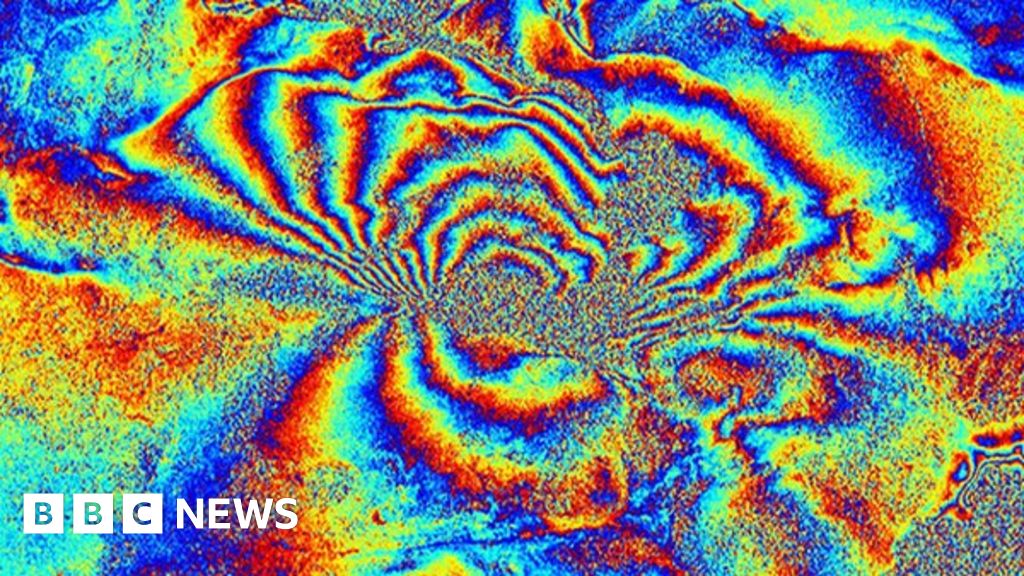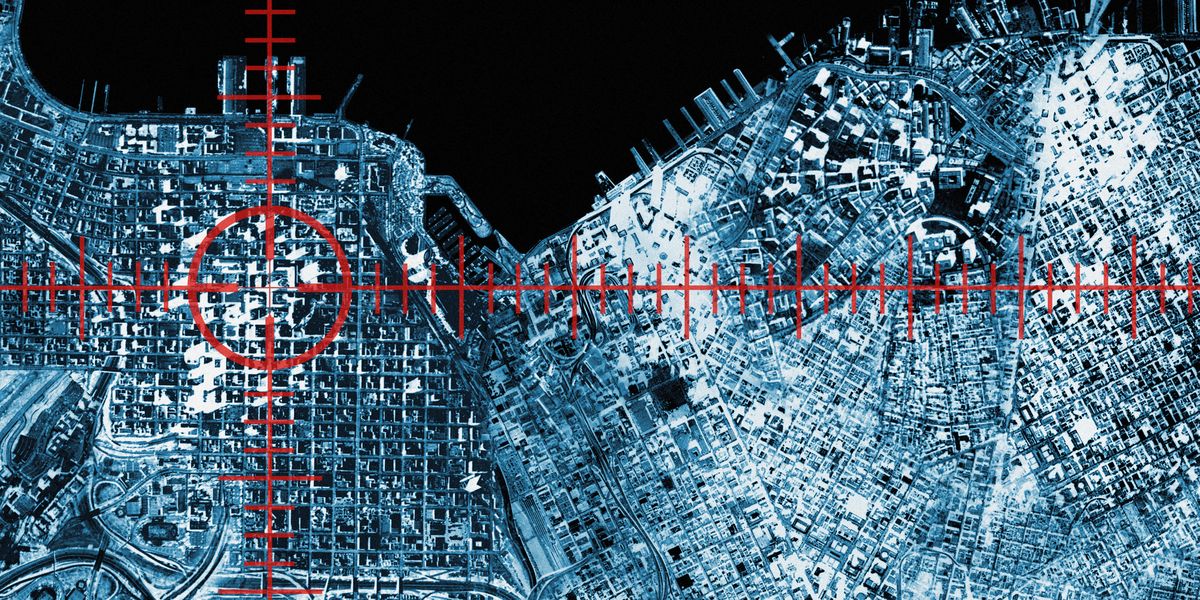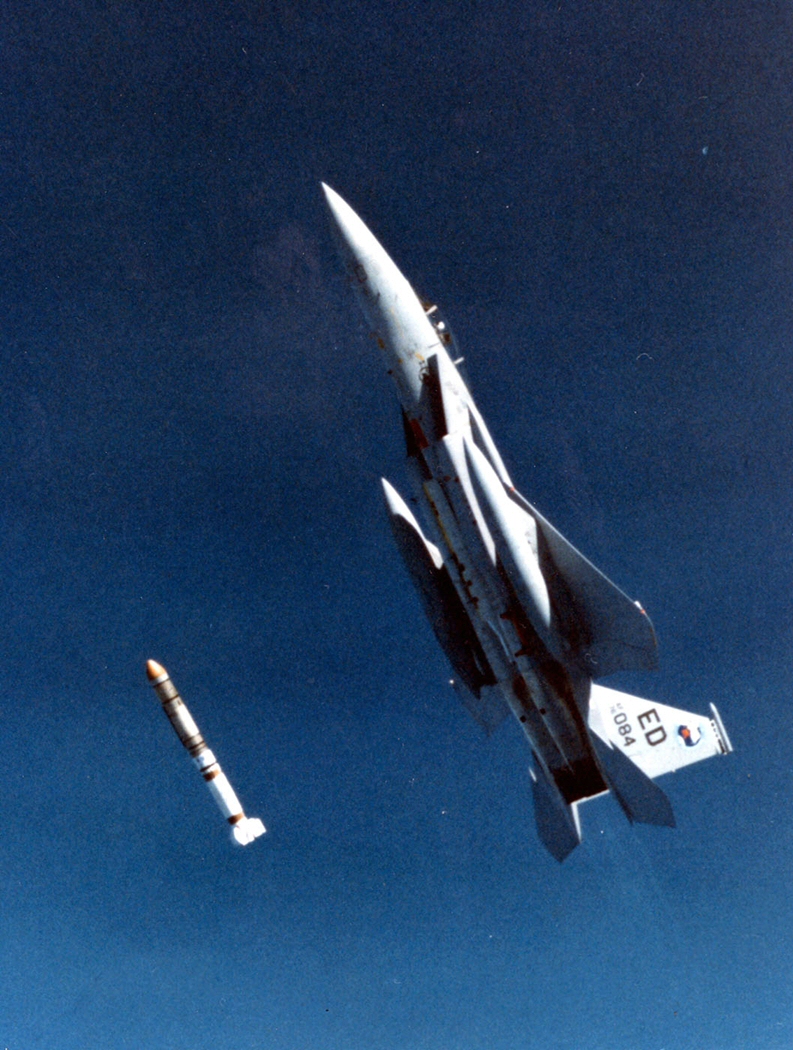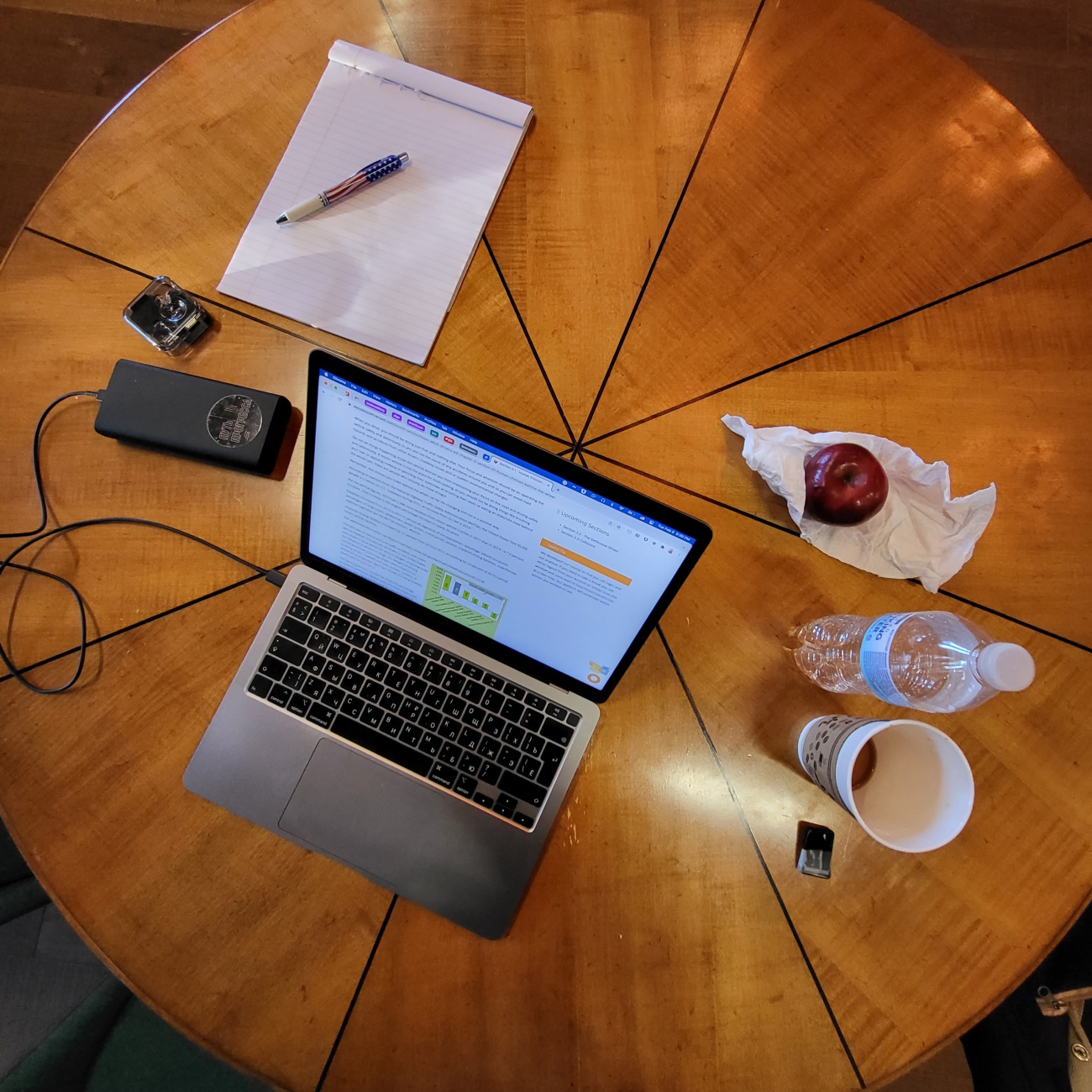
Looking to the skies: The importance of satellite cybersecurity
This report lays out a case and provides a menu of policy options for how the Quad can pursue a collective approach to Indo-Pacific maritime security, with a particular focus on regional deterrence and defence.
Between 7,5001 and 9,200 active satellites2 orbit the Earth every day. Yet, losing a single satellite can have more of an impact than ever before. Satellites are now integral components in our economies, governments and telecommunications networks; losing even a single satellite can have disastrous consequences. Case in point, in early 2022 a cyber-attack on one satellite, KA-SAT, cut internet access for more than 40,000 internet modems across Europe, taking offline thousands of wind turbines in Germany, impacting emergency services in France and leaving remote communities without any means of contact to the outside world.3
The cybersecurity of satellites is a well-documented but long-overlooked issue. This brief examines the Russian attack on KA-SAT and considers what Australia and the region can learn from this event, particularly as satellites become an increasingly vital component of regional communications networks. It also considers the role of satellites in broader digital connectivity as well as their complex supply chains and dual-use nature.



















